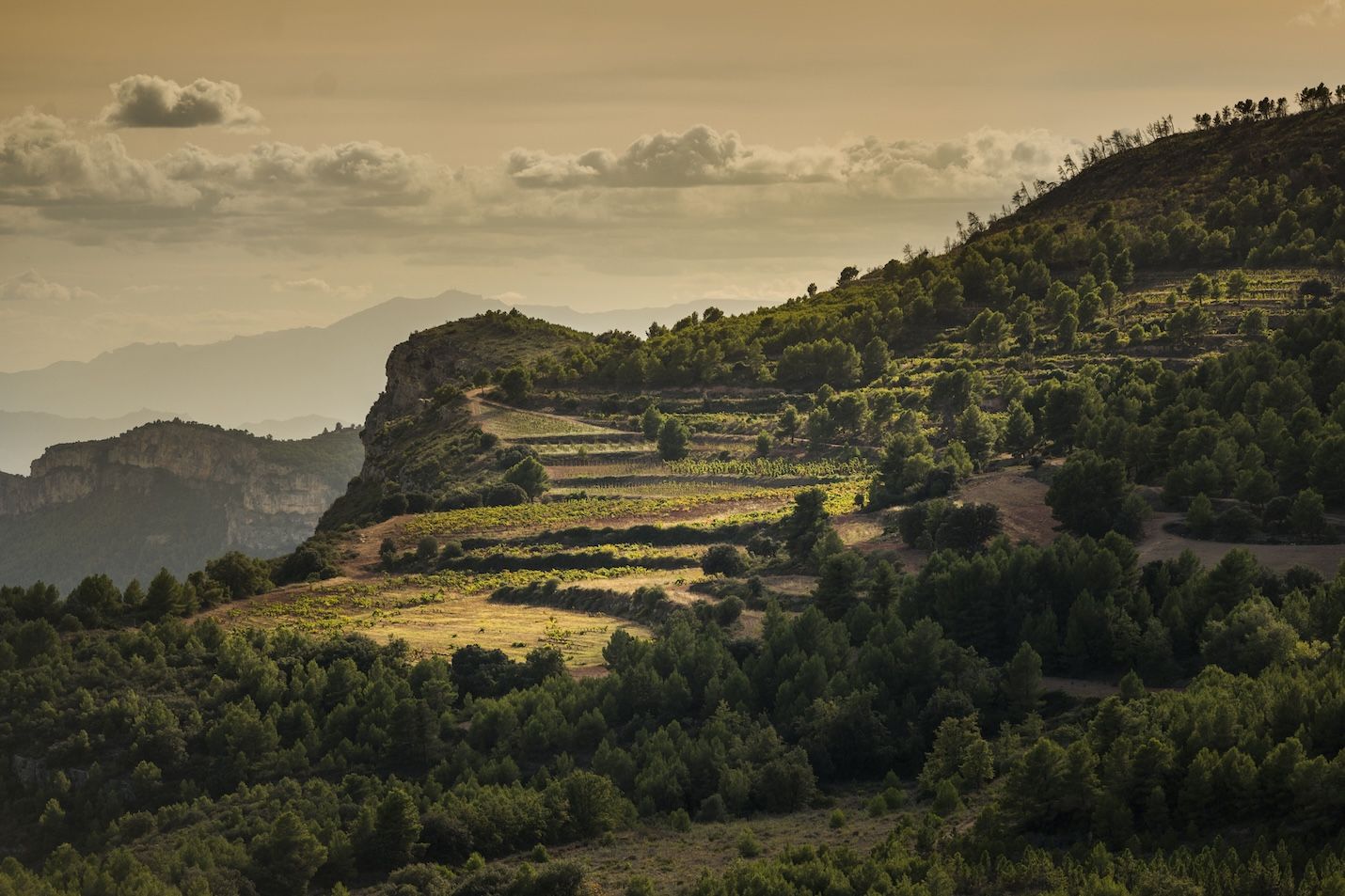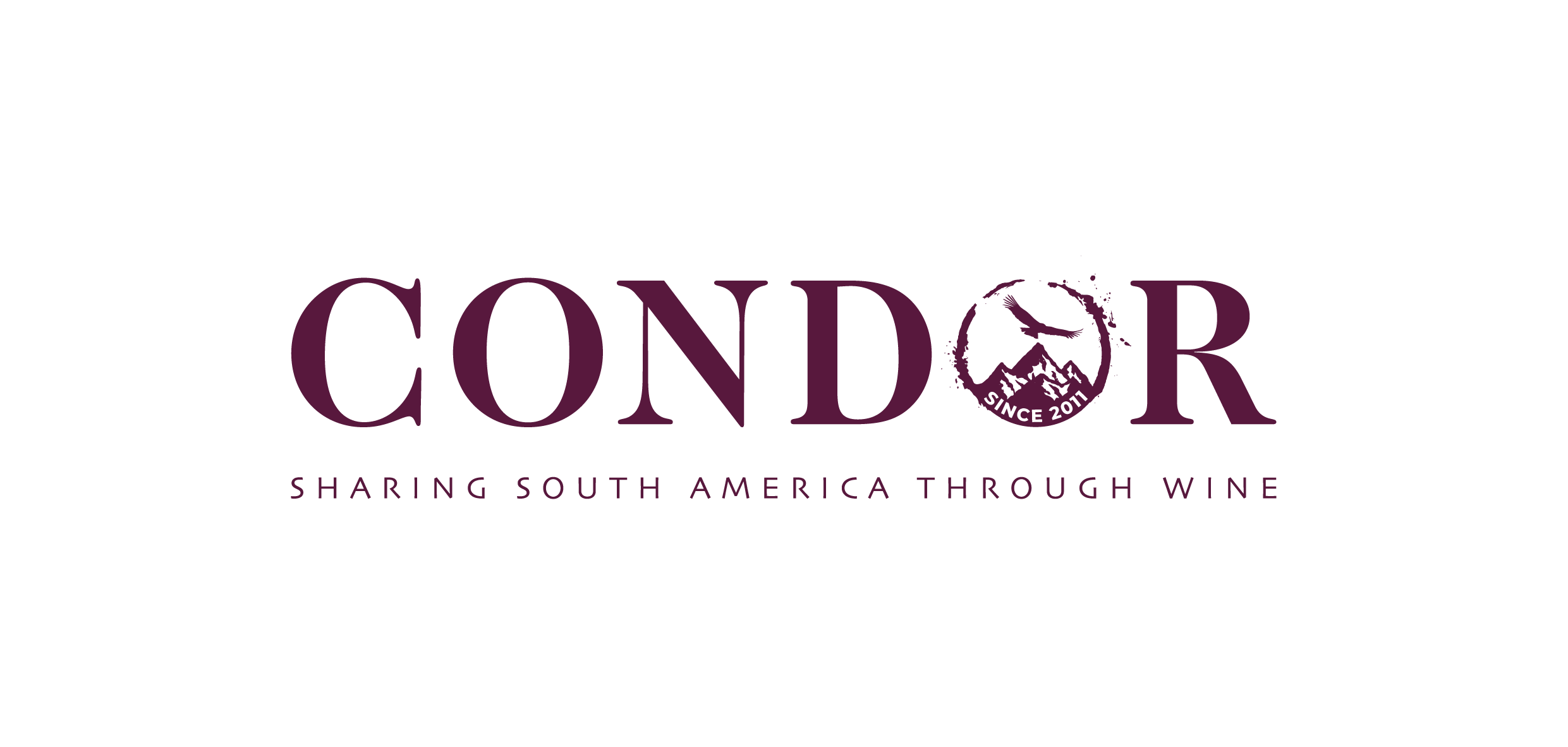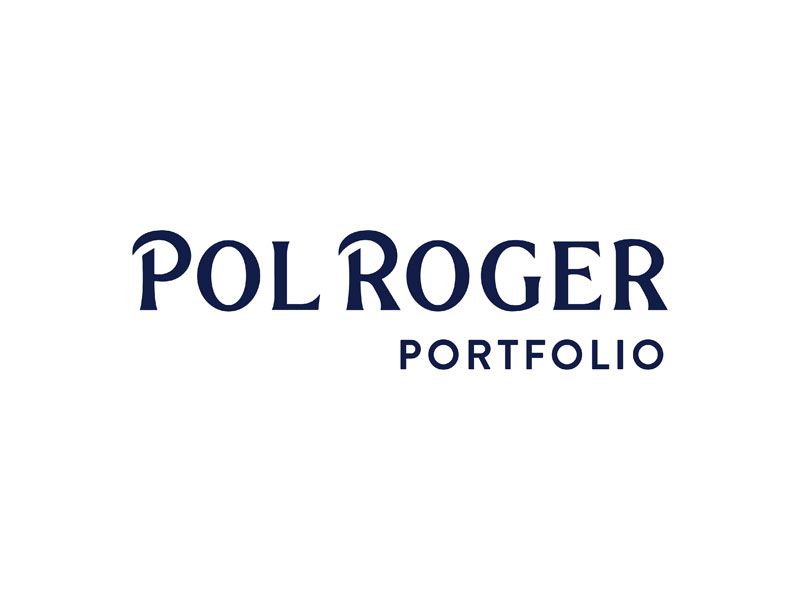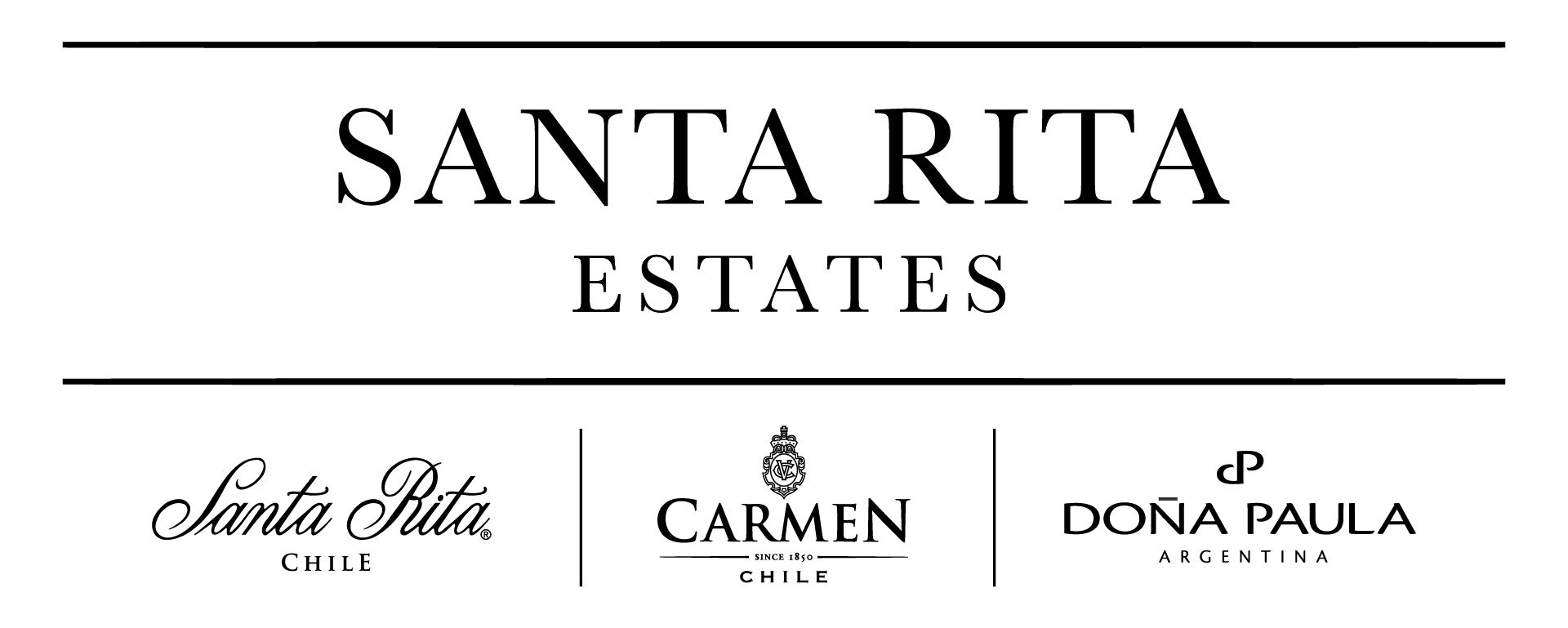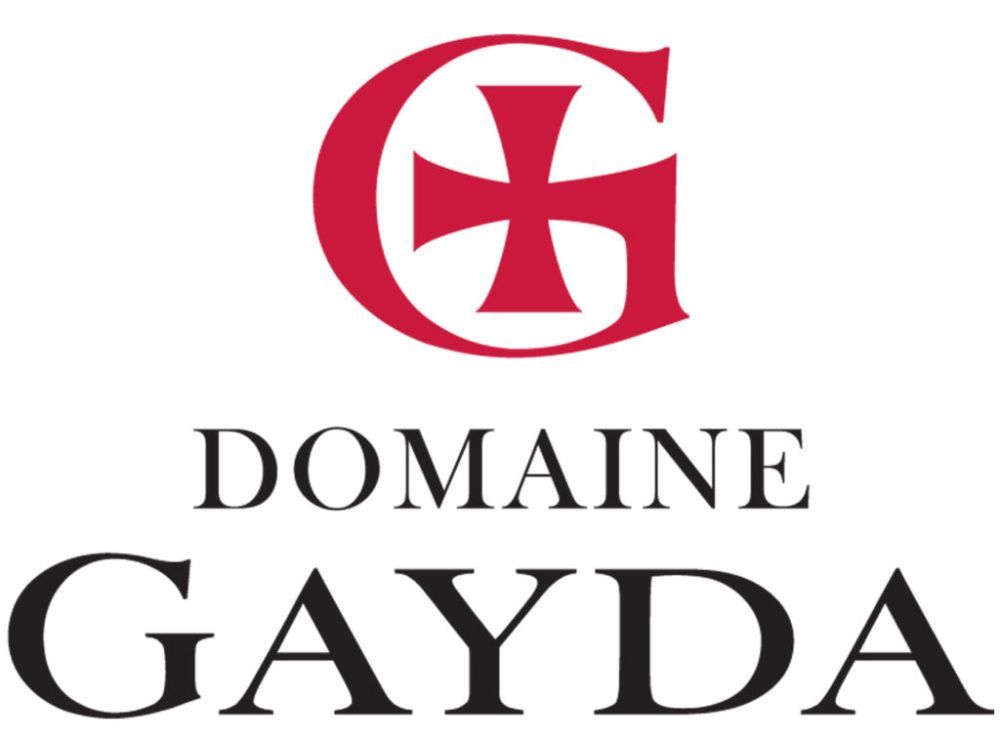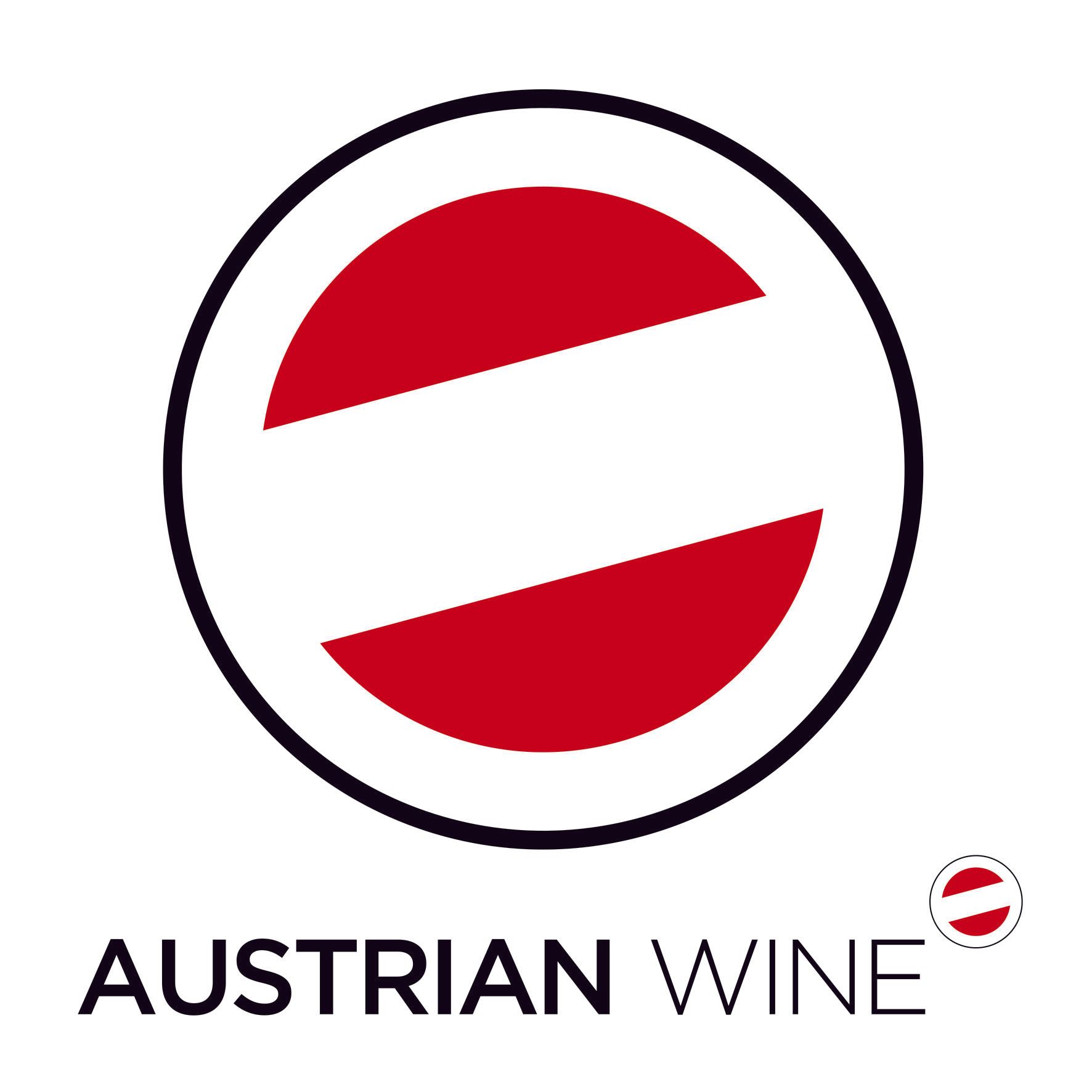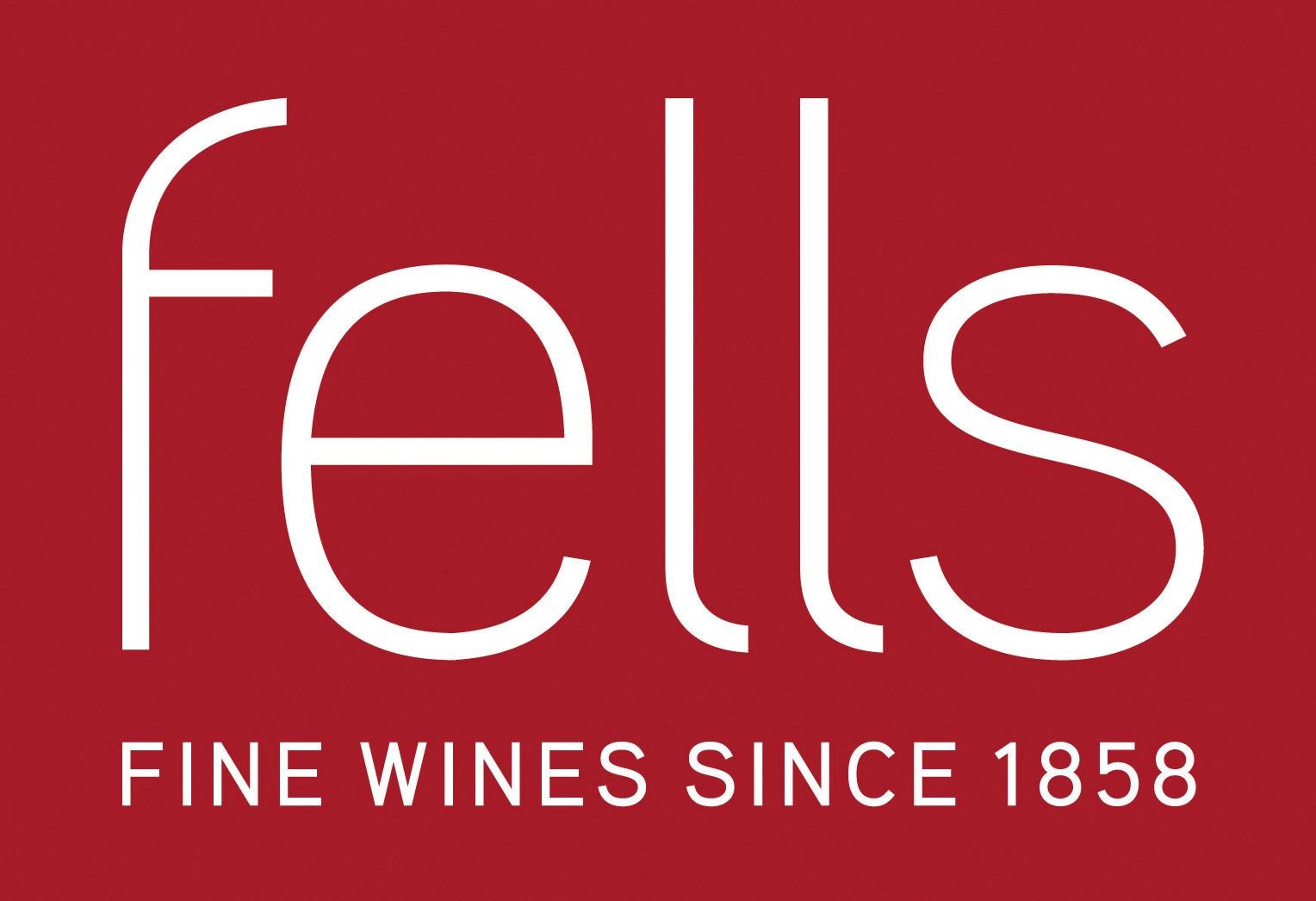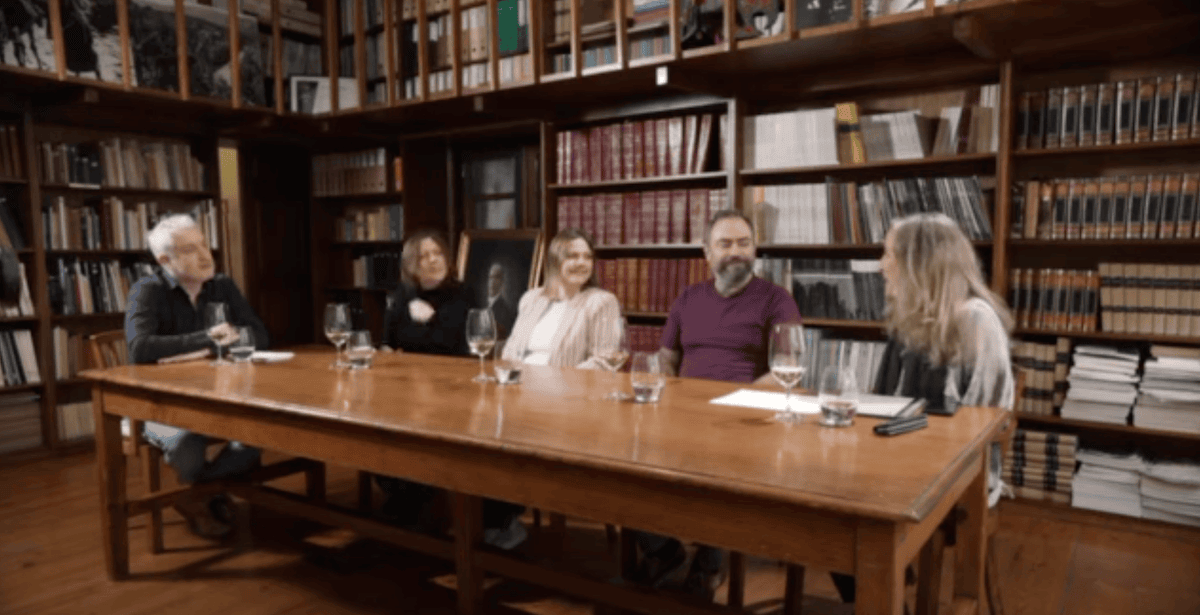Getting the full measure of climate change is hard at the best of times but when I start my Zoom chat with Ricard Rofes, chief winemaker at Priorat’s Scala Dei, I do feel I’m getting some insight. Judging by his friendly Catalan demeanour, Rofes is one of nature’s laid-back characters, not given to fluster, but today, he seems worried and, um, hot.
“We’re only in June and the weather here near Tarragona is already more than seven degrees above normal and the forecast is for higher still. 40°C or more. It’s incredible. We’re harvesting two to three weeks earlier than several years ago and when we pick alcohol levels are still 1% more than around 20 years ago, typically 14.5% against 13.5%. If this continues, I’m not sure what the outlook will be.”
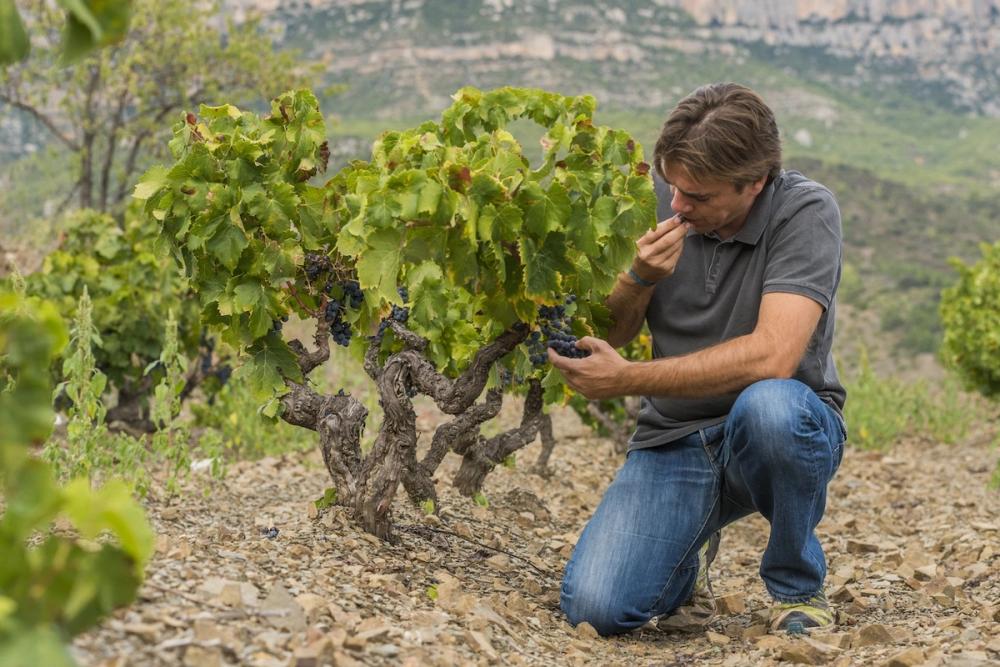
"This is one of the best places in the world to grow Garnatxa” – Ricard Rofes
After three tough vintages, with volume well down on the typical 200,000 bottles produced (and many of the region’s older vines biting the dust, literally) quality has been maintained thanks to careful vineyard management and good winemaking. But Rofes is clearly hoping for some help from on high.
In a sense, he is in the right place; Scala Dei translates as “God’s Ladder”, and this historic winery – one of the biggest attractions in the Tarragona/Priorat region – has associations with Christ dating back to 1194 when the site was established by Carthusian monks.
Some 70 years later they set about making wine here with a senior monk determining, in a document dated 1624, that it was one of the best places to plant Garnacha and Mataro, both widely planted then.
Garnacha (or Garnatxa in Catalan) was also the defining grape in the modern era when Scala Dei was re-established as a winery in 1878, some 43 years after the last monks left, and in 1974 when, after disruptions including phylloxera and the Spanish Civil War, it became one the founding wineries for the modern Priorat DOCa (DOQ).
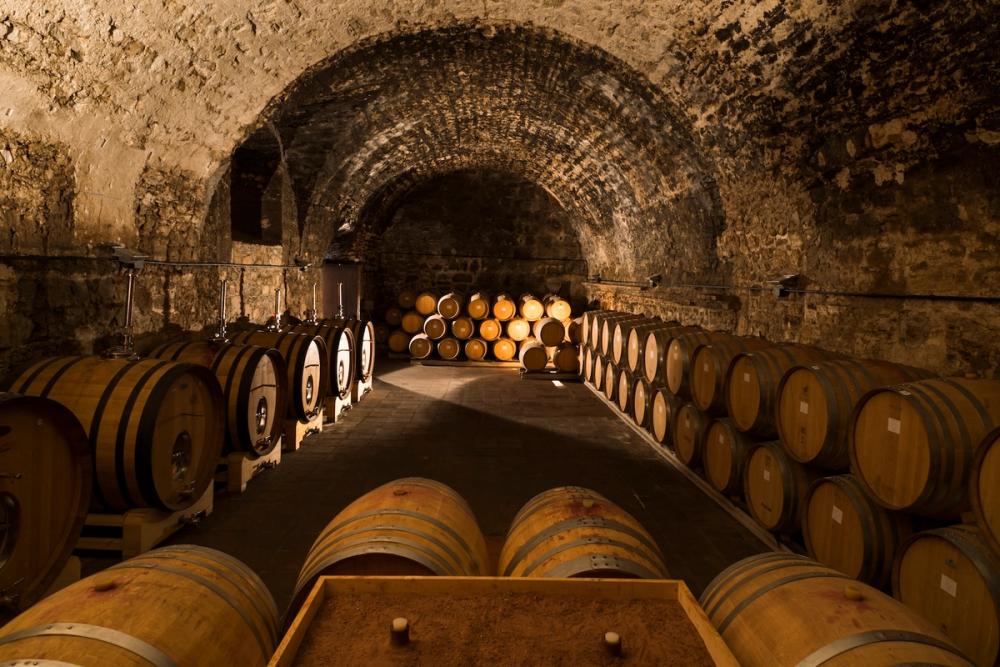
Rofes maintains that although Mataro cannot currently be planted under Priorat DOC rules, this area remains perfect for Garnacha, thanks to its soils (slate and red clay/limestone) and altitude (the highest vineyards are over 800m above sea level).
“I would say this is one of the best places in the world to grow Garnatxa,” he says, adding that he is happy the grape, along with Carinyena (Carignan) has replaced the French varieties that dominated in the 1990s. Although not much Carinyena is grown at Scala Dei because of the elevation it is still one of the other of Priorat’s defining red varieties.
The French varieties essentially turned Priorat into another Bolgheri, producing meaty but often not particularly expressive wines, before they were replaced with Garnacha and Carignan earlier this century.
Rofes says it was one of the ‘errors of youth’, adding that Priorat was quite young as a quality wine region, with only a few private producers and cooperatives.
“We were trying to find our way and, a bit like children, we looked to Bordeaux as the adult we must follow, and so planted Cabernet Sauvignon, Merlot and some Syrah too. But Garnaxta and Carinyena are much more in tune with our region, and with less oaky, more drinkable wines we can express our identity more clearly,” he says.
So how are the wines?
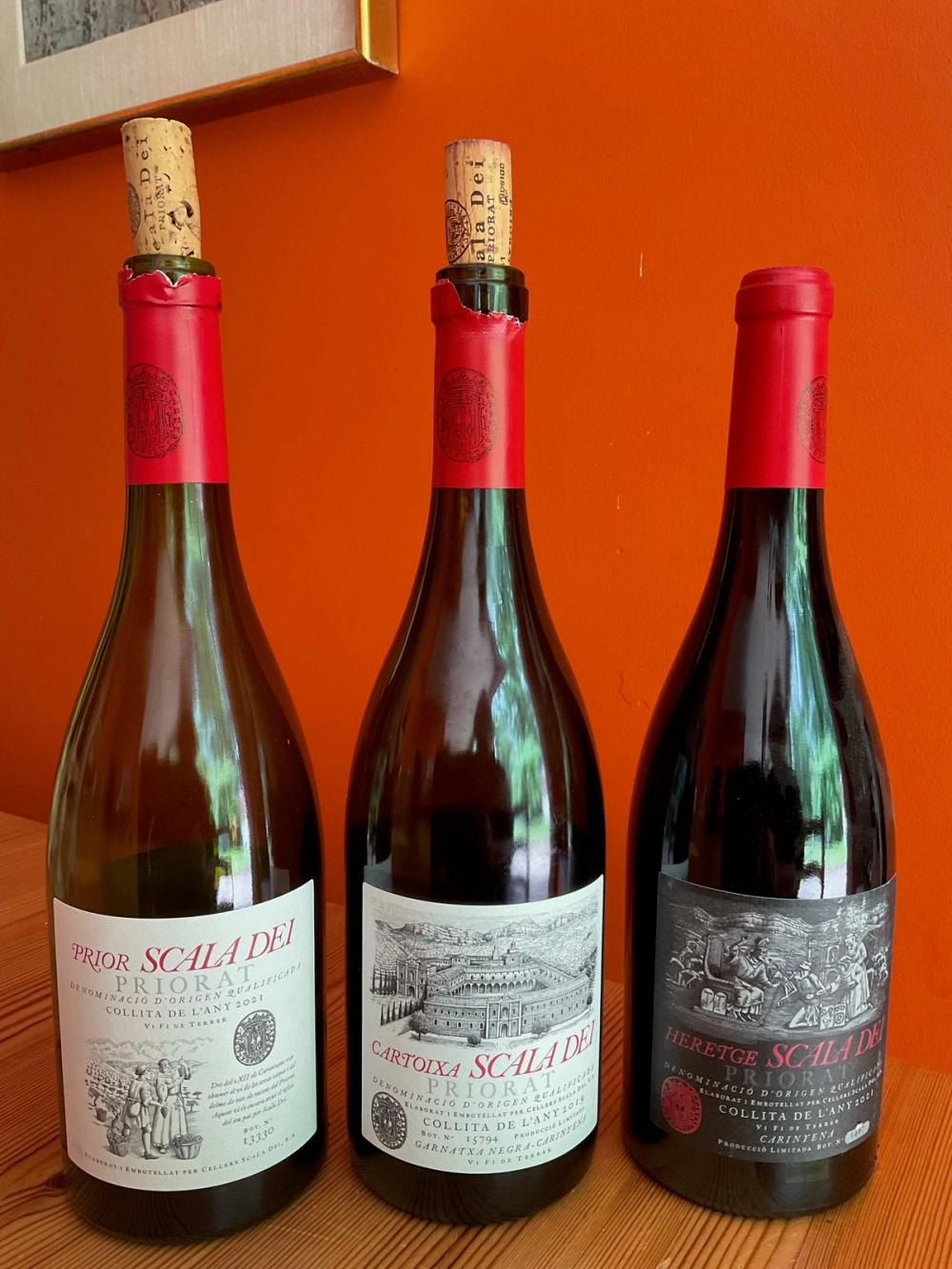
Of the reds, Scala Dei Prior 2021 – named after the priory – is, in Rofes’ words, intended to give a picture of the appellation – quite hefty with 14% alcohol, it’s a blend of 65% Garnacha, 15% Carignan and then Cabernet Sauvignon and Syrah. A complex wine, it shows the two main soils of the region, red clay and limestone, and uses some grapes from beyond Scala Dei’s vineyards. This is a moreish wine with suggestions of liquorice and some cocoa alongside the black cherry and blackcurrant.
Scala Dei Cartoixa 2019 is the flagship wine, produced since the winery came back to life in 1974 and made in much the same way on equal amounts clay and limestone soils with 80% Garnacha and 20% Carignan. Although also 14% abv this is much lighter in colour than the Prior, and quite fresh on the palate, reflecting the altitude (800m) which has given it a tautness and decent acidity. Elevation matters for the making of this wine and its shows.
Scala Dei Heretge Priorat 2021 is the outlier here, called “heretic” in Catalan because it doesn’t use Garnacha (the label, black as opposed to the white labels on the other wines shows someone being punished for heresy, Spanish Inquisition style).
“This is a homage to our heritage and many of the vines from which it is made date back to 1908 and 1918. The yields are tiny. This wine honours those monks who made the original plantings on these hillsides and those who kept the vines alive following the years of phylloxera,” he says. Again, volume is tiny at around 3000 bottles, not much for a wine only produced in the best years.
Equally interesting is the white, Scala Dei Massipa 2022. This is animpressive and unusual blend of 80% white Garnatxa Blanca (Garnacha Blanca) and 20% Xenin Blanca (Chenin Blanc), surprisingly full bodied, rich and saline. Single vineyard, impressive but sadly just 2000 or so bottles are typically produced.
I really enjoyed the Scala Dei Pla dels Rose 2022 made with grapes from two different vineyards, the wine has around three hours of skin contact before ageing in stainless steel and being bottled in February. Demonstrating that Scala Dei is keen to keep up with popular trends, this doesn’t disappoint. This is an almost dangerously moreish wine, weighty, well-made with 100% Garnacha – easy drinking but showing some complexity and length. This is a frequent winner of Best Rose in Catalonia, and I can see why.
“People have gone crazy for this wine – it’s usually sold out by October,’ says Rofes.
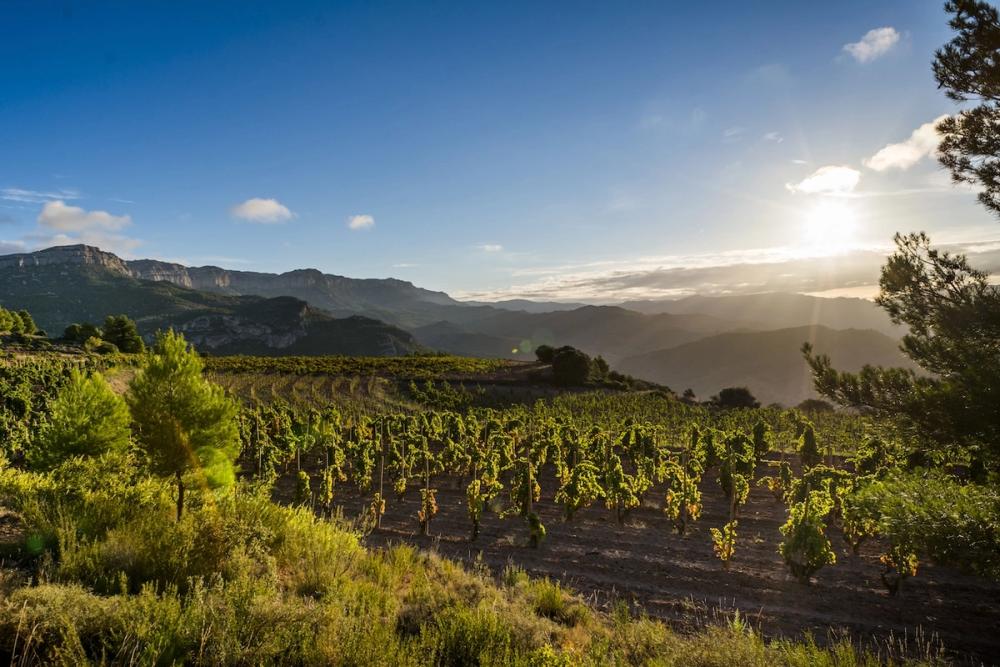
"We are having to manage in circumstances our parents could never have dreamed of.”
What struck me about all these wines was the extent to which they highlighted the winery’s links to its past and to the wider Priorat region. All the labels have religious figures on them and scarlet-red script that would not look out of place on old monastery scrolls. Rofes suggests this is intentional.
“We’ve come a long way as a region. This used to be the poorest part of Catalonia and back in the 1980s, vine plantings were probably around 500 ha. Today its around 2500 ha (Scala Dei has just 70ha in its main vineyards although it does buy in fruit). We have Alvaro Palacios to thank for this revival but I think it also because we have a much clearer sense of who we are and what we can do,” he argues.
These wines show a different style of Priorat than perhaps many of us are used to, particularly those who became interested in it when French varietals dominated. Alex Hunt of Berkmann Wines, who has stocked them in the UK since last year, has said these are Priorat wines that a Burgundy lover can enjoy.
“They’re not about muscle; they’re about grace and energy and transparent terroir expression… and thus a good fit for the Berkmann ethos,” he argues.
Priorat may, like Scala Dei, have returned to its roots but the future – and climate change – is casting a very real shadow for winemakers like Rofes.
“If we want to continue making the same sort of wine we need to plant at a higher altitude. We need to adapt with new practices in the vineyard, better canopy management and way of reducing vine exposure to the sun. It’s a learning time but also still a worrying time. We are having to manage in circumstances our parents could never have dreamed of.”
